Introduction
Hey there, space enthusiasts! Get ready for an out-of-this-world adventure as we kick off our series, “Top 7 Interesting Facts of our Solar System”. In this first episode, we’re diving into some seriously cool stuff that’ll make you see our celestial neighborhood in a whole new light. From funky planets to mysterious cosmic wonders, come along for the ride as we explore the incredible and friendly facts that make our solar system so fascinating!
Biggest mountain in the solar system
The biggest mountain in the solar system is Olympus Mons, located on the planet Mars. Olympus Mons is the largest volcano in our solar system and stands at an astonishing height of approximately 72,000 feet (21.9 kilometers or 13.6 miles). It’s nearly three times taller than Mount Everest, the tallest mountain on Earth.
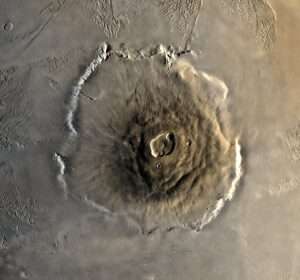
Earth Comparison
Approximately 1,300 Earths could fit inside Jupiter due to its enormous size. This estimate considers the volume comparison between the two planets, with Jupiter being significantly larger. Jupiter’s immense diameter and volume make it the largest planet in our solar system, capable of accommodating a large number of Earths.
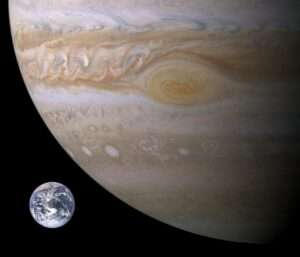
Venus
Venus is the hottest planet in our solar system. It has a thick, carbon dioxide-rich atmosphere that traps heat through the greenhouse effect. As a result, temperatures on its surface can soar to over 900 degrees Fahrenheit (475 degrees Celsius), even hotter than the closest planet to the Sun, Mercury, which lacks Venus’s thick atmosphere.
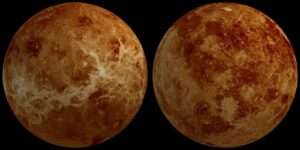
Jupiter’s moon Io
Io is Jupiter’s innermost and highly active moon, known for its frequent volcanic eruptions. Its surface is dotted with sulfur compounds, and the extreme geologic activity is caused by tidal heating due to its elliptical orbit. Io’s unique landscape is characterized by its vibrant colors and absence of impact craters.
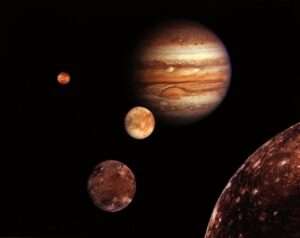
No Sound in Space
In space, there is no sound because it lacks the necessary medium for transmitting vibrations. Sound, as we perceive it, relies on a medium like air to carry waves. Space is a near-perfect vacuum with very few particles, making it devoid of the molecules required for sound propagation. Thus, space is completely silent, and astronauts communicate through radio waves and instruments.
The Diamond Planet
55 Cancri e is an exoplanet twice the size of Earth, located in the 55 Cancri star system, 41 light-years away. Its extreme proximity to its host star results in scorching temperatures exceeding 2,000 degrees Celsius. Due to its carbon-rich composition and extreme pressure conditions, scientists have speculated that the planet might contain diamonds or diamond-like structures, though direct confirmation remains challenging.
Moon’s Slow Drift
The Moon is gradually moving away from Earth at a rate of about 3.8 centimeters (1.5 inches) per year. This phenomenon, known as the “Moon’s slow drift” or lunar recession, is caused by tidal interactions between the Earth and the Moon. As the Moon’s gravity causes tides on Earth, it transfers angular momentum to our planet, resulting in a gradual increase in the Moon’s distance from Earth over geological timescales. This process has been ongoing for billions of years and continues to this day.

Conclusion
That’s a wrap on our cosmic journey through the Top 7 Interesting Facts of our Solar System! We hope you had a blast exploring space with us. Stay tuned for more cosmic discoveries in the next episode. Keep your eyes on the stars, and let your curiosity shine!
Follow me on Quora
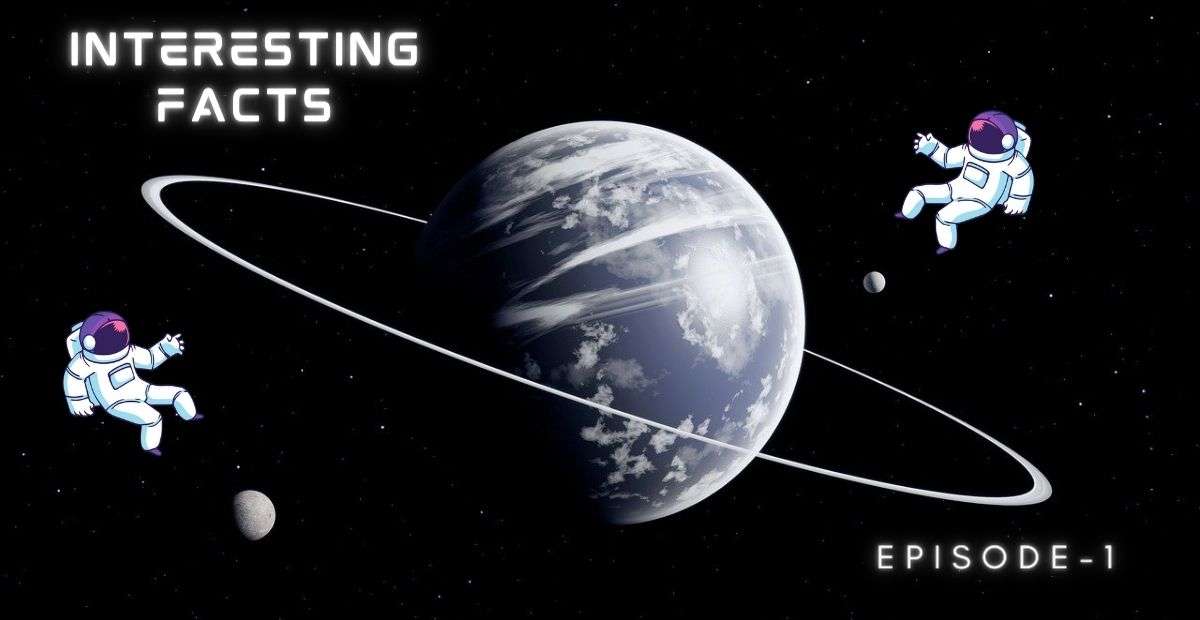
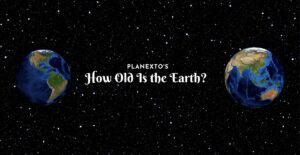
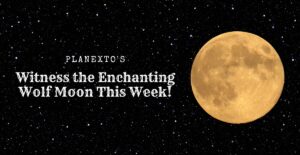
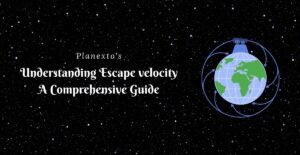


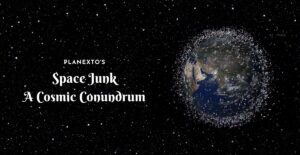
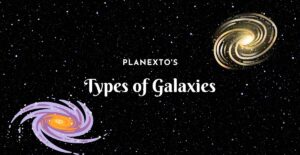
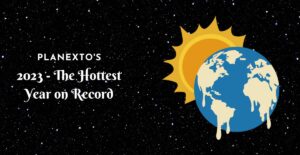
1 thought on “Top 7 Interesting facts of our Solar System: EP-1”